Economic uncertainties often spark debates around the most resilient stocks in the face of inflation and evolving tariff policies. Amid such volatility, Visa Inc. (NYSE: V) emerges as a standout player, not just surviving but thriving in inflationary periods. This article delves into why Visa might be the best stock to benefit from higher tariffs and inflation, supported by its unique business model and impressive financial performance.
Navigating Tariff-Induced Market Challenges
Recent tariff policies have created a ripple effect across industries, leading to higher import costs for American businesses. As these increased costs trickle down to consumers, Visa stands out due to its fee structure:
- Visa charges a fixed percentage fee (typically 1.5% to 2%) on every transaction.
- Higher tariffs drive up the cost of goods, thereby increasing transaction values and Visa’s revenue without any need to adjust its fees.
This makes Visa inherently inflation-indexed, with its revenues directly benefiting from rising prices.
Visa's Proven Resilience in Tough Times
History showcases Visa’s ability to thrive during economic downturns:
- 2022: Despite higher interest rates and inflation fears, Visa grew earnings per share (EPS) by 27%.
- 2021: EPS growth of 17%, driven by sustained consumer spending.
- 2023: Another 17% growth despite persistent inflationary pressures.
The necessity-driven transactions—groceries, essential products, and imported goods—ensure Visa’s continued revenue growth even in challenging environments.
Unmatched Industry Leadership
Visa holds a dominant position in the payment processing market:
- 2023 Payment Volume:
- Visa: $12.6 billion.
- Mastercard: $7.3 billion.
- Visa boasts 56% net income margins, surpassing tech giants like Microsoft.
- A return on capital of 36%, consistently growing year-on-year.
Such metrics highlight Visa’s robust financial health and wide economic moat.
A Duopoly Business Model
Visa operates in a low-capex, duopoly landscape alongside Mastercard. With limited reinvestment needs, Visa leverages its free cash flow to:
- Shareholder Returns: Regular buybacks and dividends. Visa repurchases about 2% of its market cap annually, reducing outstanding shares and boosting shareholder value.
Impressive Growth Trajectory
Visa’s traditional revenue streams (services and fees) grow steadily by 8-9%, while its “Other Revenues”—including data licensing—are up a remarkable 32%. This diversification further strengthens its overall performance.
Valuation Insights
Visa’s current P/E ratio stands at 27, slightly below its historical average of 28:
- Expected EPS growth of 12-13% provides solid return potential.
- Higher tariffs could catalyze even faster growth, potentially replicating 2022’s 27% EPS surge.
A drop in Visa’s valuation to 24 times earnings—around $270 per share—could present an exceptional buying opportunity for investors seeking long-term gains.
Conclusion: Why Visa Is a Must-Watch
Visa combines growth potential, industry dominance, and resilience against inflationary pressures. As tariffs push prices higher, Visa’s revenue scales effortlessly, making it a top pick in uncertain times. While the current price of $313 reflects fair valuation, a pullback to $270 could offer an even more attractive entry point.
Investors looking for long-term value amidst inflationary trends and tariff impacts should consider Visa as a cornerstone investment. If tariffs and prices continue to rise, Visa will likely outperform, fueled by its scalable revenue model and consistent growth.
https://youtu.be/TBIKJ_gSDI8?si=NkY89_jaH_-17D0q




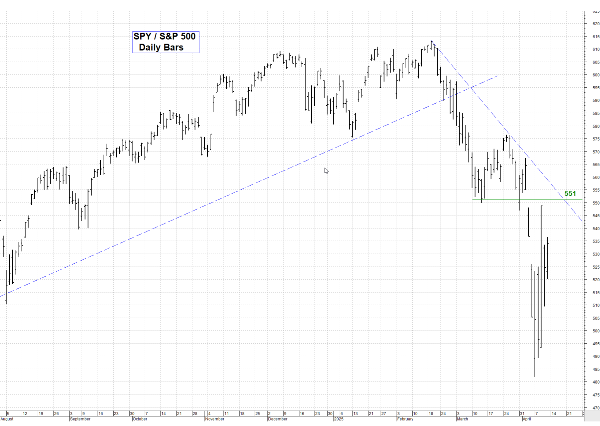






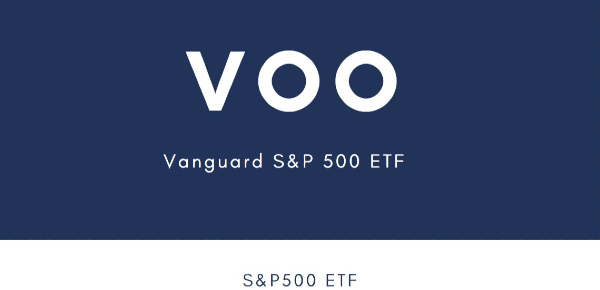

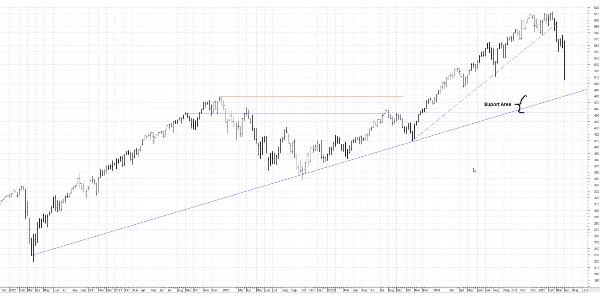





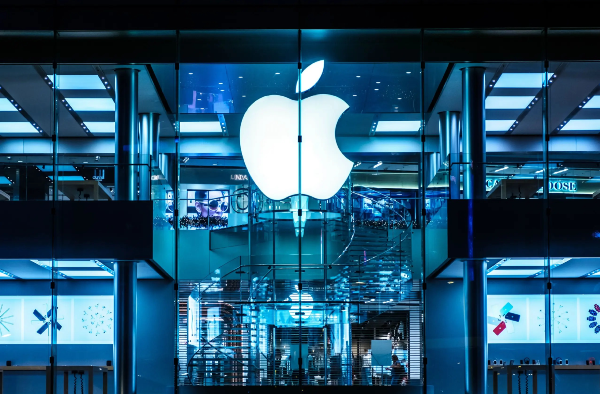
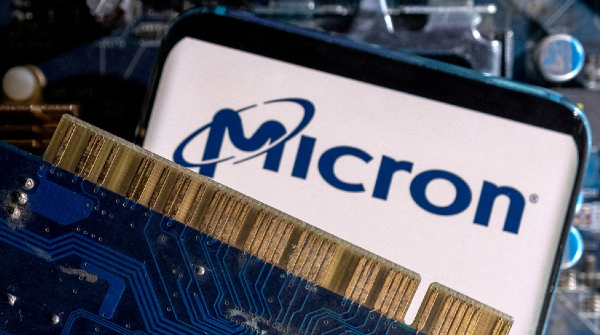










Economic uncertainties often spark debates around the most resilient stocks in the face of inflation and evolving tariff policies. Amid such volatility, Visa Inc. (NYSE: V) emerges as a standout player, not just surviving but thriving in inflationary periods. This article delves into why Visa might be the best stock to benefit from higher tariffs and inflation, supported by its unique business model and impressive financial performance.
Navigating Tariff-Induced Market Challenges
Recent tariff policies have created a ripple effect across industries, leading to higher import costs for American businesses. As these increased costs trickle down to consumers, Visa stands out due to its fee structure:
This makes Visa inherently inflation-indexed, with its revenues directly benefiting from rising prices.
Visa's Proven Resilience in Tough Times
History showcases Visa’s ability to thrive during economic downturns:
The necessity-driven transactions—groceries, essential products, and imported goods—ensure Visa’s continued revenue growth even in challenging environments.
Unmatched Industry Leadership
Visa holds a dominant position in the payment processing market:
Such metrics highlight Visa’s robust financial health and wide economic moat.
A Duopoly Business Model
Visa operates in a low-capex, duopoly landscape alongside Mastercard. With limited reinvestment needs, Visa leverages its free cash flow to:
Impressive Growth Trajectory
Visa’s traditional revenue streams (services and fees) grow steadily by 8-9%, while its “Other Revenues”—including data licensing—are up a remarkable 32%. This diversification further strengthens its overall performance.
Valuation Insights
Visa’s current P/E ratio stands at 27, slightly below its historical average of 28:
A drop in Visa’s valuation to 24 times earnings—around $270 per share—could present an exceptional buying opportunity for investors seeking long-term gains.
Conclusion: Why Visa Is a Must-Watch
Visa combines growth potential, industry dominance, and resilience against inflationary pressures. As tariffs push prices higher, Visa’s revenue scales effortlessly, making it a top pick in uncertain times. While the current price of $313 reflects fair valuation, a pullback to $270 could offer an even more attractive entry point.
Investors looking for long-term value amidst inflationary trends and tariff impacts should consider Visa as a cornerstone investment. If tariffs and prices continue to rise, Visa will likely outperform, fueled by its scalable revenue model and consistent growth.
https://youtu.be/TBIKJ_gSDI8?si=NkY89_jaH_-17D0q